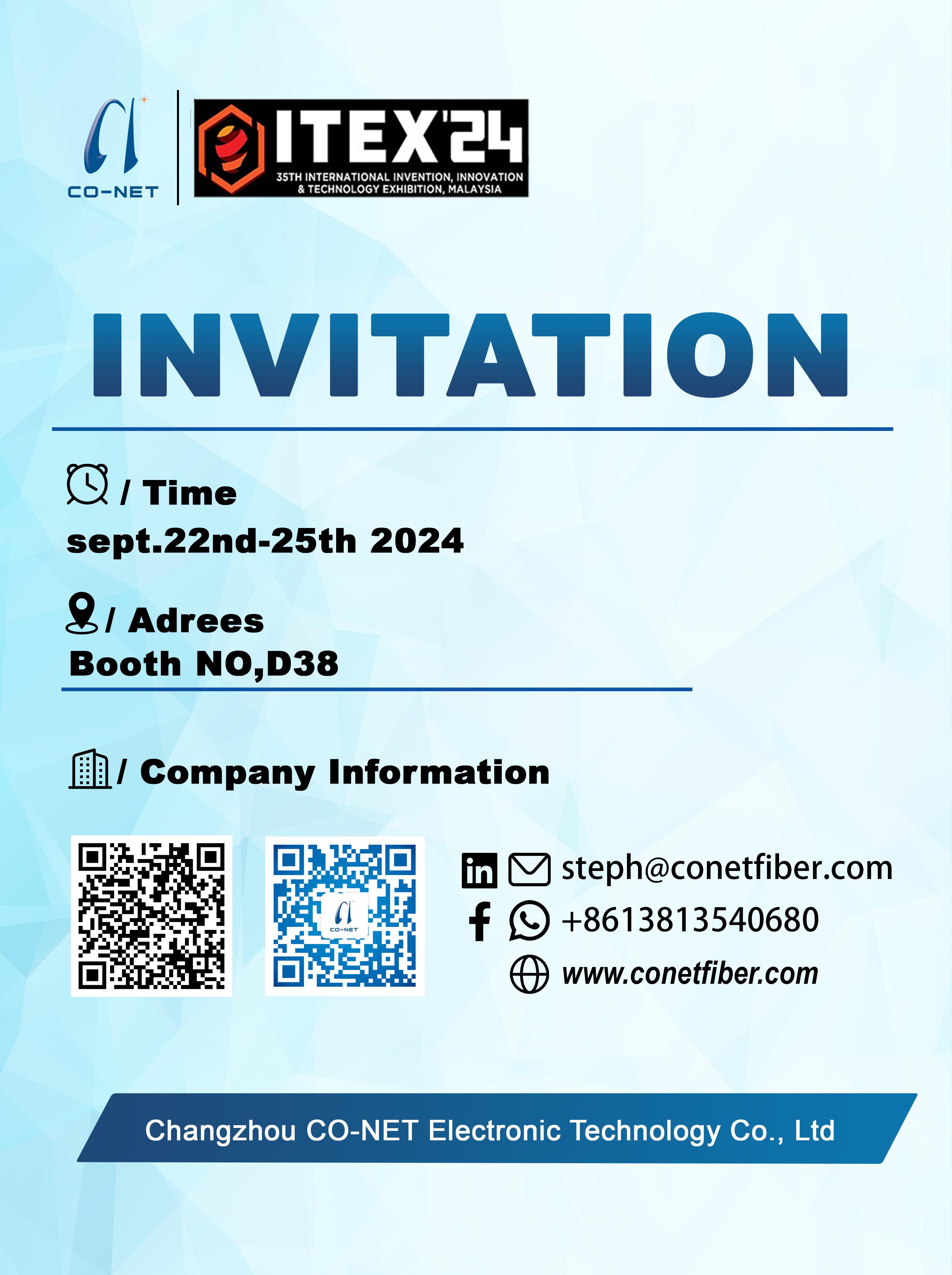Understanding Greentelftth Fiber PLC Splitters
30/07/2024Fiber PLC splitters play a crucial role in passive optical networks (PON), enabling point-to-multipoint architectures without the need for any active switching equipment. They allow a single fiber to serve multiple endpoints, such as customers, without requiring individual fibers between the hub and each customer, significantly reducing time and cost. In this article, we will introduce fiber PLC splitters from three aspects, providing you with a deep understanding.
Types of Fiber PLC Splitters: FBT vs. PLC
Fiber PLC splitters can generally be categorized into two types based on their working principle: FBT splitters and PLC splitters.
FBT Splitters: Based on traditional technology, FBT (Fused Biconical Taper) splitters consist of two fibers placed closely together, usually wound around each other, and fused together through heating as the assembly is stretched and gradually tapered. They are made from readily available materials like steel, fiber, and heat shrink. All these materials are inexpensive, making the device itself affordable. FBT splitters are low-cost and easy to install, widely adopted in passive networks, particularly for smaller splitting configurations (e.g., 1×2, 1×4, 2×2, etc.). Below is an image of a 2×2 FBT splitter.
[Image of a 2×2 FBT splitter]
PLC Splitters: PLC (Planar Lightwave Circuit) splitters are the latest addition to fiber PLC technology, enabling uniform signal splitting in state-of-the-art PONs. A PLC splitter is a completely passive PON branching device based on planar lightwave circuit technology and precise alignment processes, efficiently distributing a single input signal to multiple outputs with high accuracy and minimal loss. PLC splitters are high-quality devices that offer better solutions for large-scale applications. Below is an image of a 1×64 PLC splitter.
[Image of a 1×64 PLC splitter]










